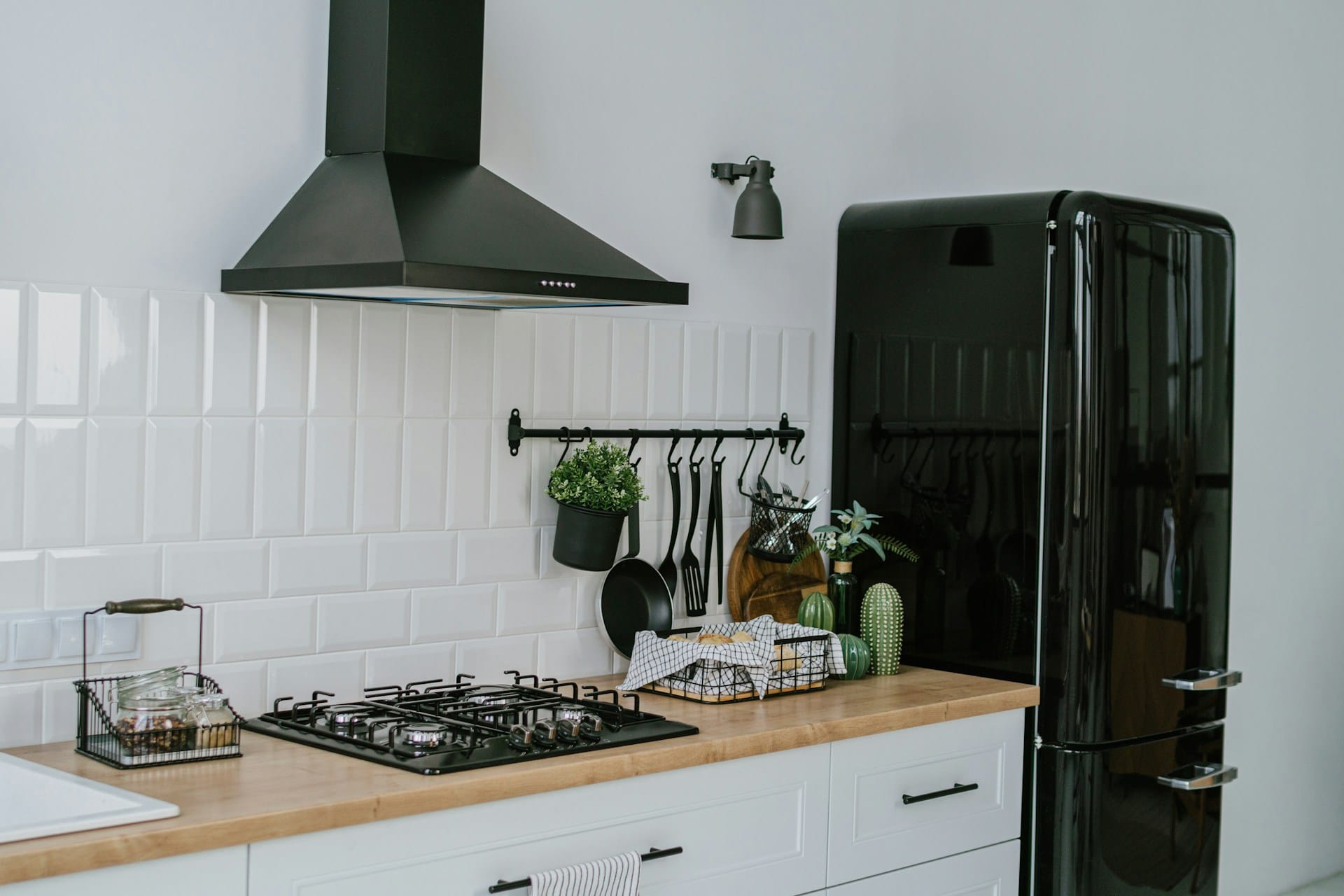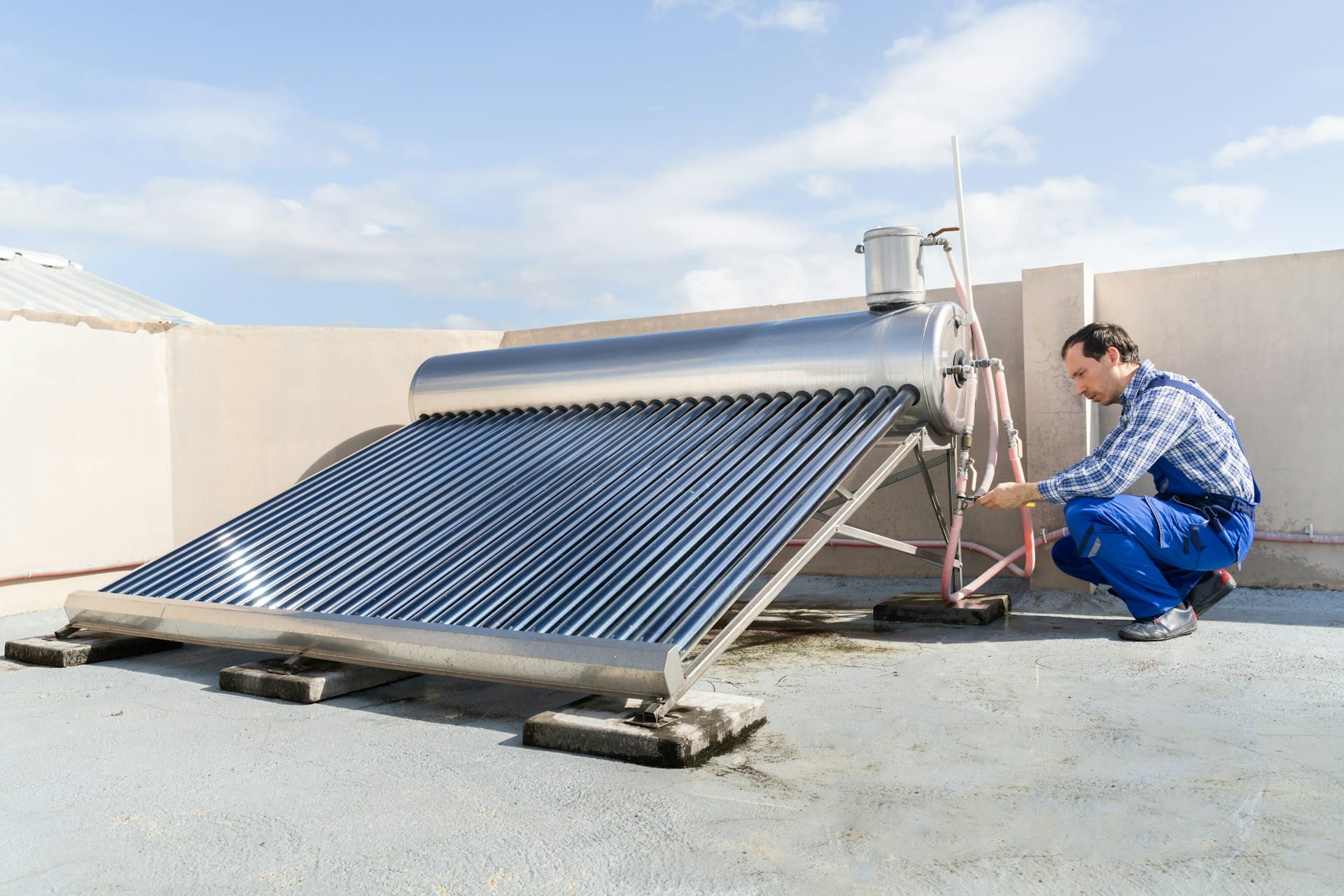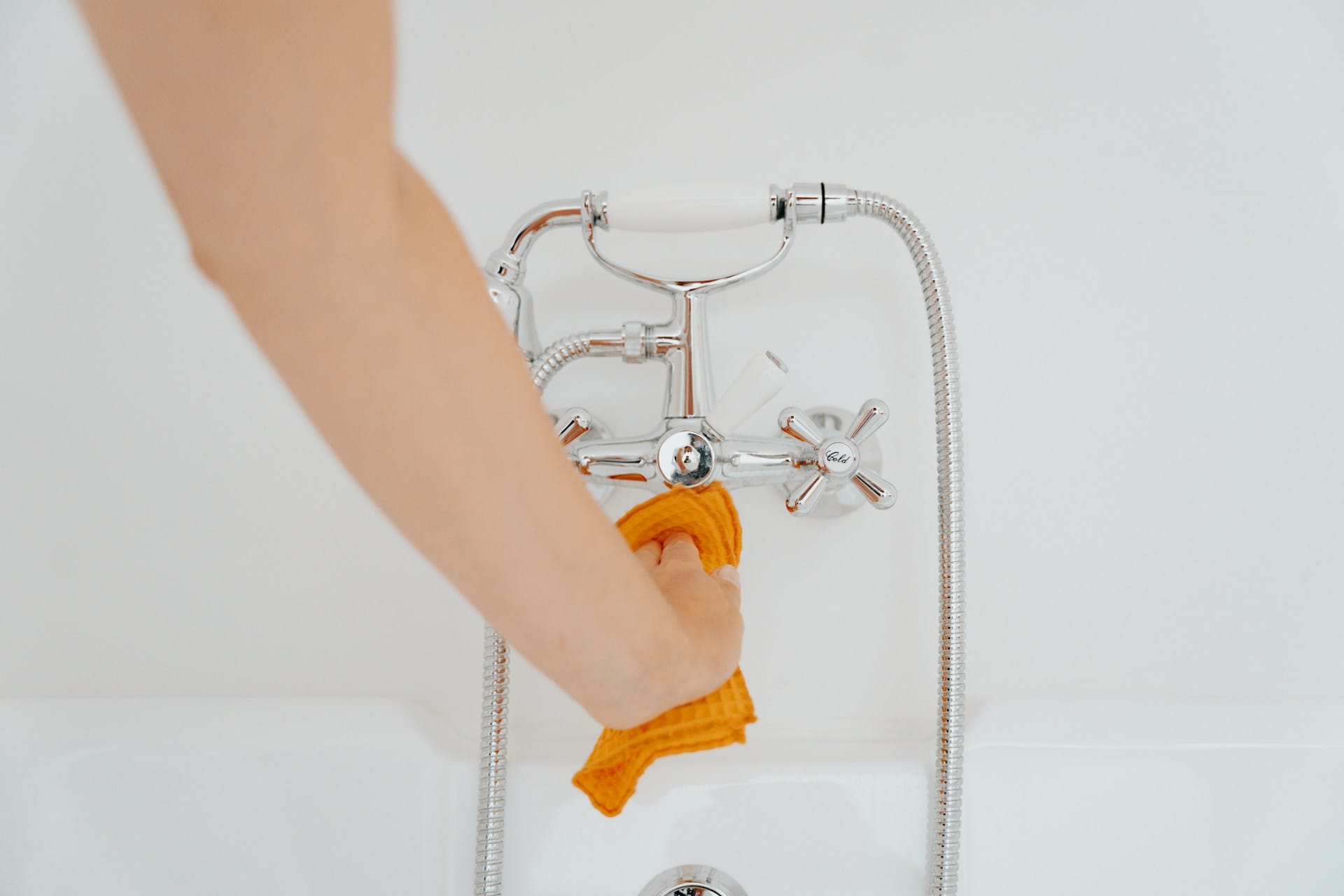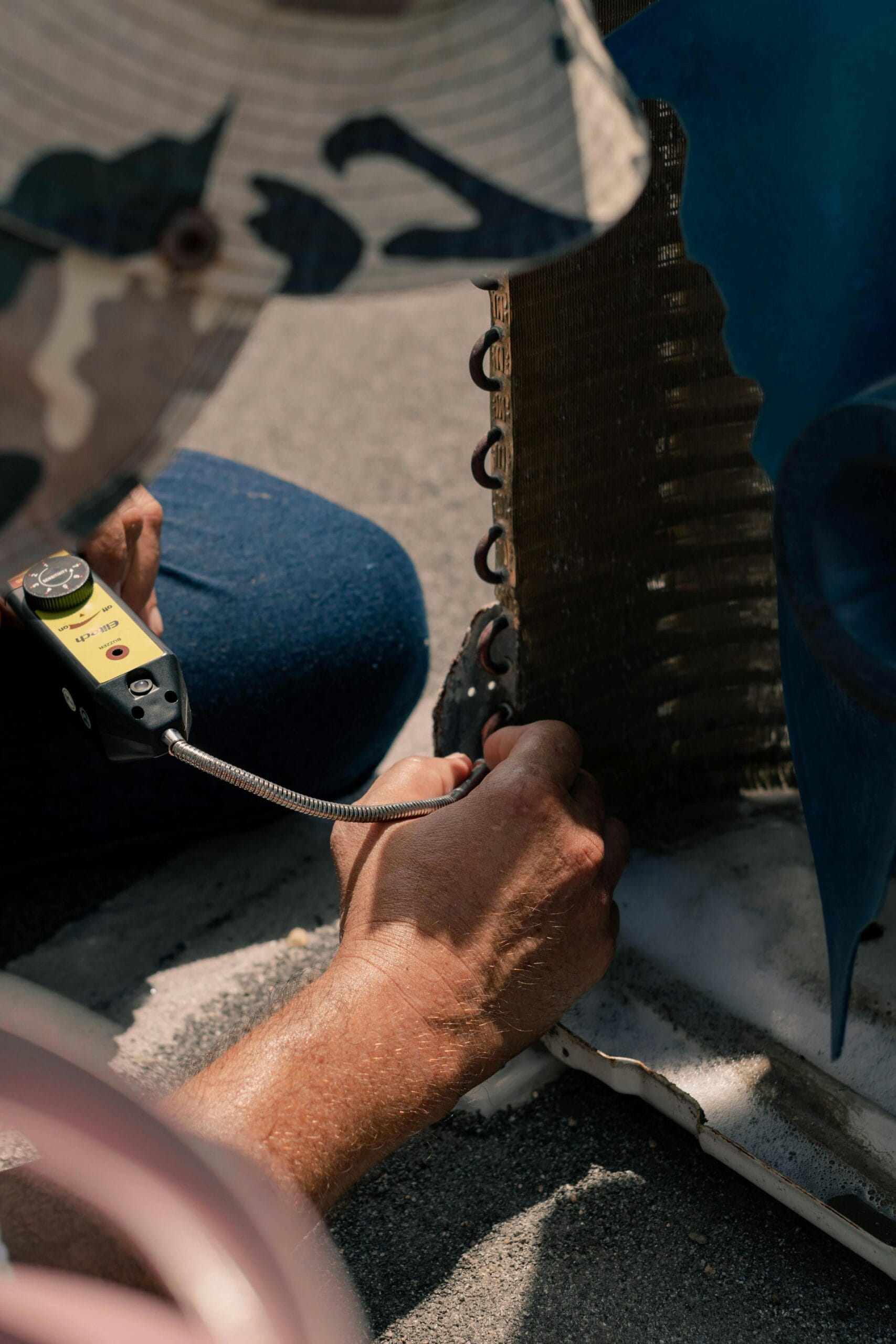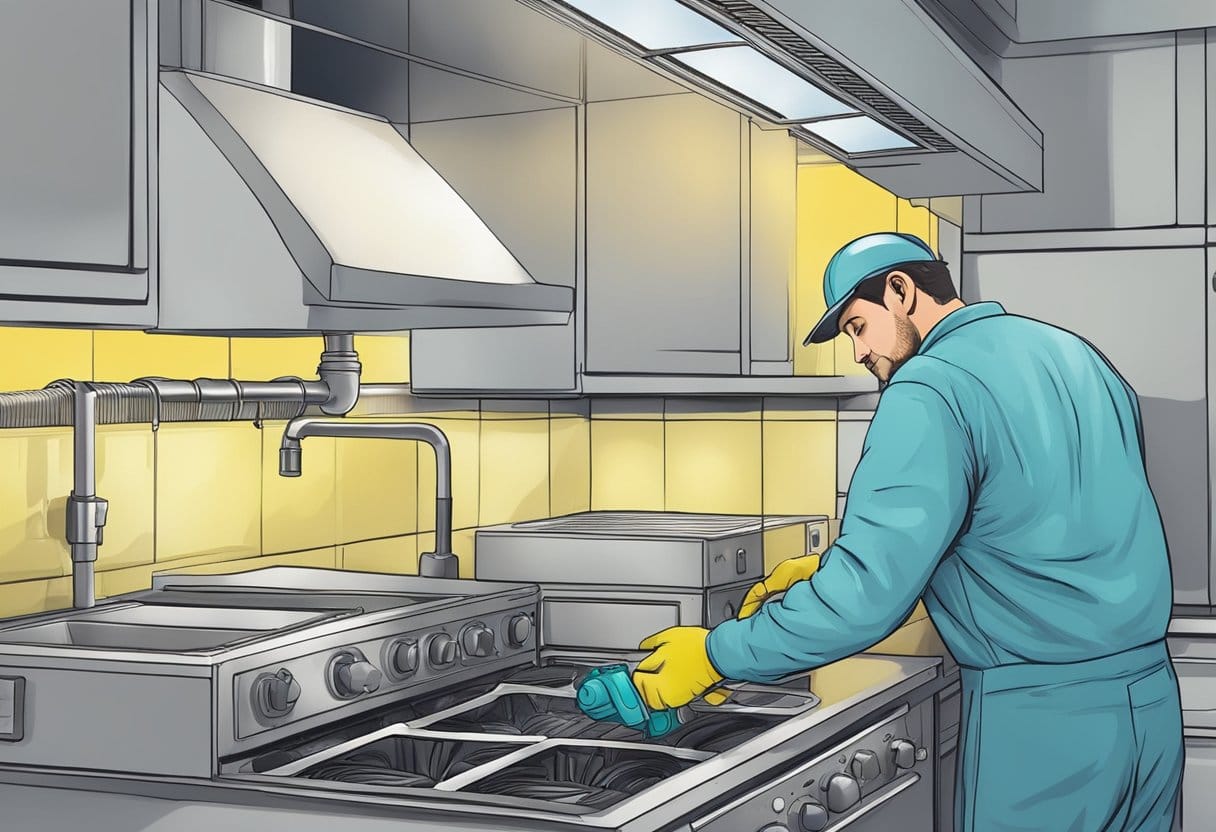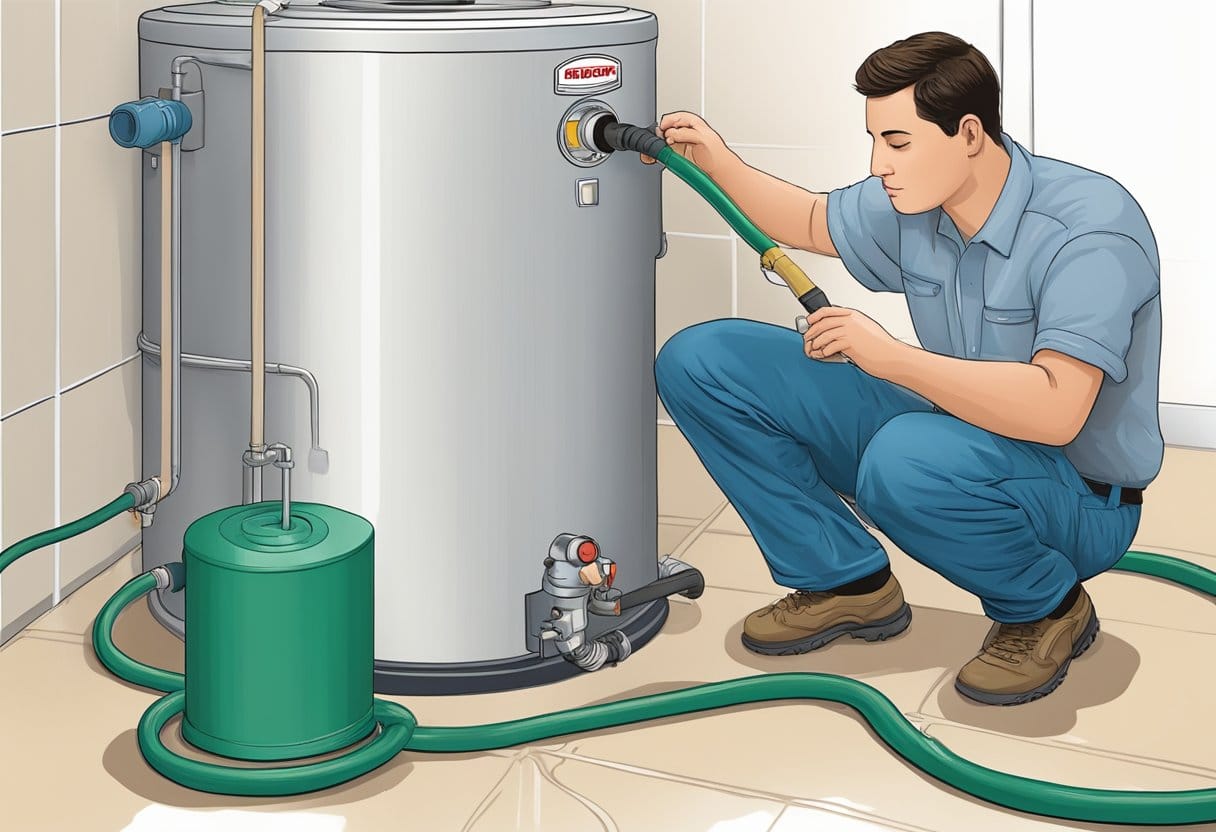Maintaining good indoor air quality is essential for creating a healthy home environment. The air you breathe indoors can significantly impact your well-being, with potential health effects ranging from allergies to more severe respiratory issues. Regular home air quality maintenance, such as identifying and controlling indoor pollutants, can enhance your overall health and comfort.
To achieve optimal air quality, it’s important to consider the sources of indoor pollution, such as dust, mold, and volatile organic compounds. Implementing simple strategies, like proper ventilation and regular cleaning, can significantly reduce these contaminants. By prioritizing air quality maintenance, you not only improve your indoor environment but also ensure a safer space for you and your family.
Professional home maintenance services can assist in these efforts by providing essential tasks like dryer vent cleaning and window cleaning. These services focus on preventive care rather than repairs, helping you maintain systems that contribute to better air quality. Investing in these maintenance practices can extend the lifespan of your home’s systems and lead to cost savings over time.
Understanding Indoor Air Quality
Indoor air quality significantly affects your health and comfort. By knowing the common pollutants, their sources, and the potential health implications, you can take proactive steps to ensure a healthier living environment.
Common Indoor Air Pollutants
Indoor air is often more polluted than outdoor air. Typical indoor air pollutants include volatile organic compounds (VOCs), which emit gases from products like paints and cleaning supplies. Other common contaminants are dust, mold, and allergens such as pollen and pet dander.
Gases like carbon monoxide and radon are also crucial to monitor. Carbon monoxide can come from malfunctioning appliances, while radon seeps from the ground into homes. Regularly evaluating these pollutants can help maintain better air quality.
Sources of Indoor Air Pollution
Understanding the sources of indoor air pollution is essential for effective management. Many household products release VOCs, particularly during use. This includes various cleaning agents, air fresheners, and even furniture.
Mold thrives in damp areas, so bathrooms and kitchens can be hotspots. Leaking faucets or condensation contribute to its growth. Dust accumulates from everyday activities, including human and pet movement, along with indoor plants.
Carbon monoxide typically arises from gas ranges and heaters, while radon often accumulates in basements or ground-level areas. Addressing these specific sources can greatly improve indoor air conditions.
Health Implications of Poor Air Quality
Poor indoor air quality can lead to numerous health problems. Exposure to VOCs can cause headaches, dizziness, and respiratory issues. Dust and other allergens can trigger asthma and allergy symptoms, affecting your overall well-being.
Mold exposure may lead to coughing, sneezing, and serious respiratory conditions, particularly for those with compromised immune systems. Additionally, carbon monoxide is a colorless, odorless gas that can be fatal in high concentrations, causing confusion or loss of consciousness.
To protect your health, regularly monitor and manage indoor air quality. Using dehumidifiers and ensuring proper ventilation can significantly mitigate these risks.
Improving Ventilation and Air Circulation
Proper ventilation and air circulation are essential for maintaining healthy indoor air quality. By ensuring that stale air is replaced with fresh outdoor air, you can significantly reduce pollutants and enhance overall comfort in your home.
Role of HVAC Systems
Your HVAC system plays a crucial role in regulating indoor air quality. It manages temperature and humidity levels while filtering out dust, allergens, and other airborne particles. Regular maintenance of your HVAC system is necessary to ensure optimal performance.
Consider changing filters every 1-3 months to improve air flow and filtration efficiency. Scheduling professional tune-ups can help identify potential issues before they escalate, ensuring your system operates effectively year-round.
Utilizing a programmable thermostat can also enhance air circulation by optimizing heating and cooling schedules based on your lifestyle.
Importance of Outdoor Air Ventilation
Introducing outdoor air into your home is vital for diluting indoor pollutants. Open windows, vents, and doors whenever possible to promote fresh air exchange. Engaging in this practice, even on colder days, can help improve your indoor environment.
During warmer months, employing cross-ventilation can enhance airflow. This method involves opening windows on opposite sides of your home to create a natural breeze. Installing air exchange systems, such as energy recovery ventilators, can also facilitate outdoor air ventilation without compromising energy efficiency.
Using Kitchen Fans and Other Exhaust Systems
Kitchen fans and exhaust systems are essential for removing cooking odors, smoke, and moisture. Using these systems while cooking helps maintain air quality by preventing the buildup of pollutants.
Make sure your kitchen exhaust fan is appropriately rated for the size of your kitchen. Use it to expel heat, steam, and airborne particles generated during cooking.
In addition, consider installing bath fans in bathrooms to eliminate excess humidity, which can lead to mold growth. Combining these ventilation methods will significantly enhance air circulation in your home and contribute to a healthier living environment.
Air Cleaning and Filtration Strategies
Maintaining good air quality in your home involves effectively selecting and using air cleaners, purifiers, and filtration systems. Understanding these technologies can help ensure you breathe clean air and reduce contaminants.
Choosing the Right Air Cleaners and Purifiers
When selecting air cleaners or purifiers, consider the type of pollutants you want to address. Common options include HEPA filters, which capture small particles, and activated carbon filters, effective for odors and gases.
Look for portable air cleaners if you need mobility. The size of the unit matters; ensure it’s suitable for the room’s dimensions. For optimal efficiency, check the Clean Air Delivery Rate (CADR) ratings.
Additionally, consider special features. Some models incorporate UV light or ionization, which can further enhance purification. Choose a reputable brand with good reviews to ensure reliability.
Effective Use of Air Filters and Filtration Systems
To maximize the effectiveness of air filters, ensure you replace them regularly. Most HVAC systems have filters that should be changed every 1-3 months, depending on usage and the type of filter.
Using a medium to high-efficiency air filter can significantly improve your home’s air quality. Look for MERV ratings between 8-13 for residential use.
Consider upgrading your filtration system if you suffer from allergies or asthma. A whole-home filtration system can provide extensive coverage and reduce allergens, while portable systems can target specific areas.
Implementing these strategies can help maintain a healthier indoor environment, providing you with peace of mind.
Controlling Moisture and Mold
Maintaining optimal moisture levels in your home is crucial for preventing mold and mildew growth. These fungi thrive in damp environments, which can lead to health issues and structural damage. Here’s how to effectively control moisture and keep your indoor air quality high.
Addressing Humidity and Condensation
To manage humidity, you should aim to keep indoor levels below 50%. Utilizing a dehumidifier can help regulate moisture, particularly in basements or bathrooms where humidity often peaks.
Regular ventilation is essential. Open windows when weather permits and use exhaust fans during cooking or showering to diminish water vapor.
If you notice condensation on windows or walls, it’s vital to act quickly. Address leaks in plumbing or roofing that allow moisture to linger, as these can create breeding grounds for mold.
Preventing Mold and Mildew Growth
To prevent mold, regularly inspect areas prone to dampness. Focus on bathrooms, kitchens, and laundry rooms.
Here are proactive steps you can take:
- Fix water leaks immediately.
- Clean and dry wet surfaces promptly.
- Ensure proper air circulation throughout your home.
Using mold-resistant paints and materials in construction can also prove beneficial. Additionally, regularly removing dust and debris can limit places where mold spores might settle, further enhancing air quality. Keeping your home dry helps maintain a healthier environment for you and your family.
Household Tips for Better Indoor Air
Maintaining good indoor air quality requires consistent effort. You can reduce dust and pet dander, keep your home surfaces clean, and even use houseplants to enhance the air you breathe. Here’s how to achieve a healthier indoor environment.
Reducing Dust and Pet Dander
To effectively reduce dust in your home, consider implementing a regular cleaning routine. Use a vacuum cleaner equipped with a HEPA filter, which captures fine particles that regular vacuums might miss. Aim to vacuum your carpets and rugs at least once a week.
When it comes to pet dander, brushing your pets regularly can significantly reduce the amount of hair and dander they shed. Ensure that you wash their bedding frequently and consider keeping pets out of certain areas, like bedrooms, to limit allergens.
Consider dust-mite-proof covers for pillows and mattresses. These simple steps can drastically improve indoor air quality by minimizing dust and pet dander.
Maintaining Clean Indoor Surfaces
Regularly cleaning indoor surfaces is crucial to ensure a healthy living environment. Use damp cloths to wipe down surfaces, which will trap dust instead of spreading it. Don’t forget often-overlooked areas, such as ceiling fans, baseboards, and light fixtures.
Change your air filters every 1-3 months to improve air circulation and filter out airborne particles. This process not only enhances air quality but also helps your HVAC system run more efficiently.
Incorporate deep cleaning routines, such as steam cleaning carpets and upholstery, to remove embedded allergens. A clean home not only looks better but also promotes healthier air.
Leveraging Houseplants for Air Quality
Houseplants can be powerful allies in improving indoor air quality. Certain plants, like spider plants, snake plants, and peace lilies, are known to filter out harmful toxins and release oxygen.
Place these houseplants in various rooms to maximize their air-cleaning benefits. Remember to keep the plants well-watered and groomed to ensure they thrive and remain effective.
Additionally, houseplants can increase humidity levels in your home, which can alleviate dry air and reduce respiratory issues. By strategically choosing and caring for houseplants, you can enhance both the aesthetics and air quality of your living space.
Technical Measures and Home Modifications
Maintaining good air quality in your home involves effective technical measures and modifications. By focusing on insulation and energy efficiency as well as ensuring proper assessments for impurities like radon, you can create a healthier living environment.
Home Insulation and Energy Efficiency
Proper home insulation significantly impacts indoor air quality and energy efficiency. Insulation helps control the temperature in your home, reducing the need for heating and cooling systems, thus minimizing the emissions and pollutants generated by these systems.
Consider using materials with low volatile organic compounds (VOCs) to prevent indoor air pollution. Air sealing is also essential; check for gaps around windows, doors, and ductwork. By ensuring your home is well-insulated, you enhance energy efficiency, saving on utility costs, and improve overall indoor air quality.
Regular maintenance, such as checking insulation in the attic and basement, keeps your home airtight. This prevents outdoor pollutants from entering while maintaining consistent indoor temperatures.
Professional Assessments and Radon Testing
Radon is a colorless, odorless gas that can pose serious health risks. Conduct professional radon testing to identify levels in your home. The EPA recommends testing every two years or after significant home modifications.
If high radon levels are found, mitigation strategies must be employed, such as venting systems that release radon outdoors. Additionally, professional assessments can evaluate ventilation systems to enhance air circulation.
Incorporate source control strategies to minimize the release of indoor pollutants. This includes regular inspection of heating and cooling systems. With thorough assessments and timely radon testing, you ensure a safe and healthy indoor environment.
Frequently Asked Questions
Maintaining good air quality in your home involves understanding various strategies and methods. This section provides insights into enhancing air quality through natural methods, effective strategies for specific rooms, and practical measures for different seasons.
What are natural methods to enhance air quality within homes?
You can improve indoor air quality using several natural methods. Consider adding houseplants like snake plants and peace lilies, which can help filter pollutants.
Also, ensure proper ventilation by opening windows when weather permits. Using natural air purifiers, such as baking soda and essential oils, can further contribute to fresher air.
What strategies are effective for improving air quality in the bedroom?
To enhance air quality in the bedroom, focus on maintaining low humidity levels. Use a dehumidifier to prevent mold growth, which thrives in damp conditions.
You should also regularly wash bedding in hot water and choose hypoallergenic materials to minimize dust mites. Consider using an air purifier to filter airborne particles effectively.
What measures can be taken to ensure good indoor air quality during winter?
During winter months, keep indoor air quality in check by using exhaust fans while cooking and bathing. Sealing windows and doors can prevent drafts and maintain consistent indoor temperatures, but be mindful of reduced ventilation.
You can introduce fresh air periodically to combat stale air. Running a humidifier can help maintain optimal humidity levels, balancing dryness from heating systems.
How can indoor air quality be monitored and assessed?
You can monitor indoor air quality using portable air quality meters, which measure levels of pollutants like VOCs and particulate matter.
Regular inspections can also help identify common issues such as mold or excessive humidity. Some smart home devices offer continuous monitoring and alert you to changes in air quality.
What are some common practices to reduce pollution inside homes?
To reduce indoor pollution, start by avoiding tobacco products indoors. Limiting the use of chemical cleaners and opting for natural alternatives can significantly help.
Regularly changing air filters in HVAC systems is essential. Vacuuming with a HEPA filter can address dust and allergens effectively.
What is the typical cost associated with a professional home air quality inspection?
The cost of a professional home air quality inspection typically ranges from $200 to $600. Prices can vary based on the size of your home and the specific tests conducted.
It’s wise to seek a detailed quote from providers to understand the services included in the inspection. Regular inspections can ensure that you maintain a healthy indoor environment.



